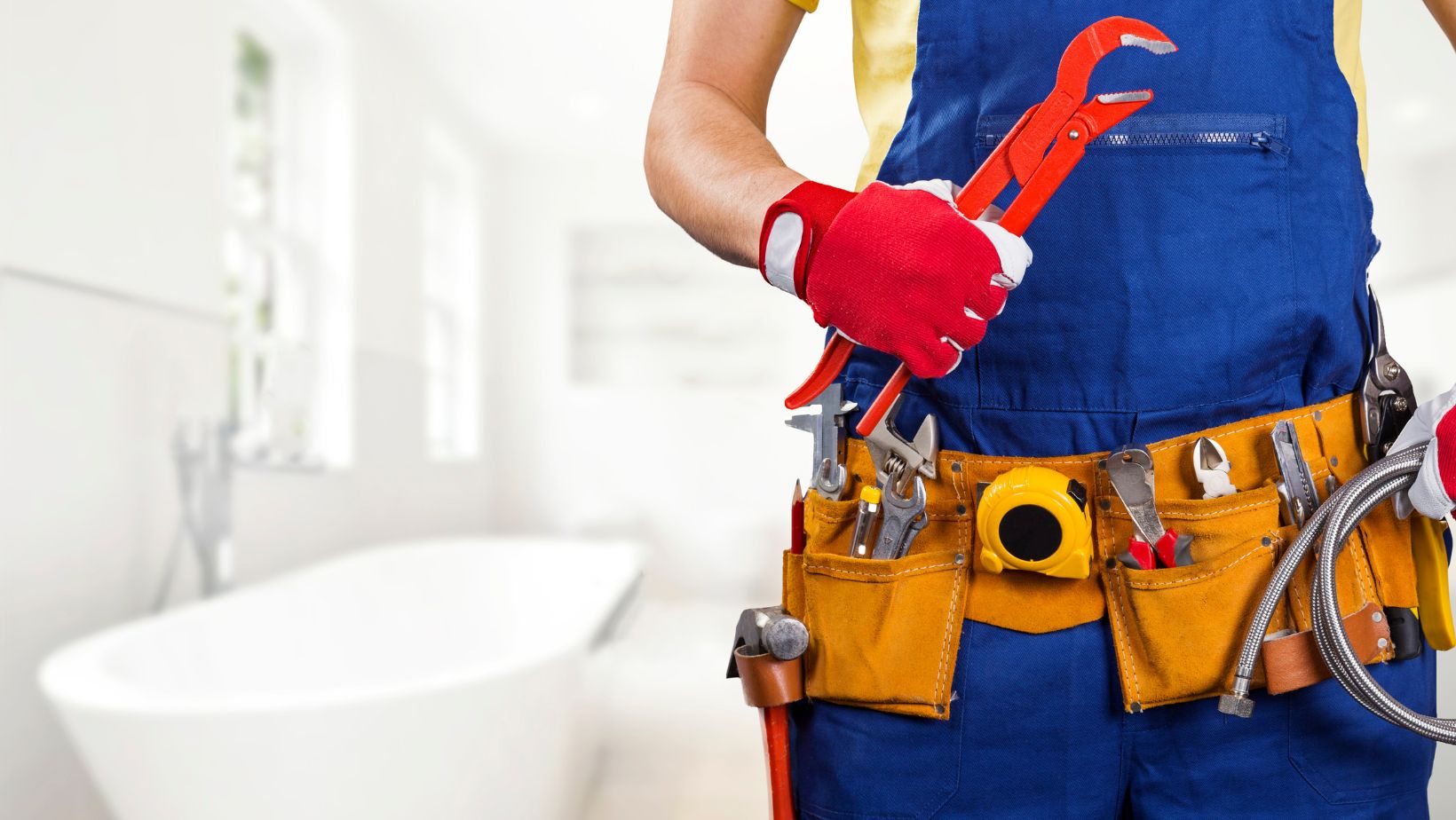
Are you a plumber wondering how technology can help you manage and master your daily work tasks? It’s no secret that technology plays an important role in almost every aspect of our lives. Nevertheless, its ability to increase efficiency and productivity across different industries cannot be understated – especially regarding plumbing!
In this comprehensive guide, we will be looking at seven ways technology is revolutionizing the way plumbers do their jobs on a day-to-day basis. Let’s begin exploring just what kind of technological transformations await today’s hardworking plumbers!
Why Use Technology For Plumbing?
Before we dive into the different ways technology is transforming the daily work of plumbers, let’s take a moment to understand why using technology for plumbing tasks is important.
First and foremost, technology allows plumbers to work faster and smarter. With the right tools and software at their disposal, they can streamline their processes, reduce manual labor, and save time on routine tasks. If you don’t know how to use a plunger or don’t have one at hand, the most traditional answer is: pour hot water into the toilet bowl and let it sit for a few minutes. For a more technological solution, however, you can now take advantage of smartphone applications that use augmented reality to guide you through unclogging your toilet step by step.
Technology also helps plumbers stay organized and up-to-date with their tasks. Through digital calendars and scheduling software, plumbers can easily keep track of appointments, deadlines, and customer information. This eliminates the need for manual paperwork and reduces the chances of errors or missing important details.
Electronic Cameras
Electronic inspection cameras, often attached to a flexible rod, can be inserted into a pipe, allowing plumbers to visually inspect the internal condition and identify blockages without the need for invasive procedures. The high-resolution images relayed onto a screen provide a detailed insight into the health of the pipes, potential leak locations, and the nature of the obstruction. This saves plumbers valuable time that would otherwise be spent on trial-and-error methods.
These versatile cameras also allow for better documentation of before and after images, making it easier to explain the situation to clients and show the effectiveness of the repairs done. With advanced features such as video recording and image capturing, plumbers can also provide a more detailed analysis and recommendations for future maintenance or repairs.
Automated Plumbing Systems
Gone are the days of manually turning valves and adjusting water temperatures. With automated plumbing systems, plumbers can remotely control and monitor various aspects of a building’s plumbing, such as temperature, pressure, and water usage.
Homeowners and business owners can also benefit from these systems, as they provide real-time data on their water usage and the ability to set automatic shut-off times for conservation purposes. These automated systems also have leak detection capabilities, sending alerts to plumbers and property owners when a potential issue arises.
3D Printing
While still in its early stages of adoption in the plumbing industry, 3D printing technology has the potential to transform the way plumbers create and repair various parts. Thanks to the ability to print custom-made components on demand, plumbers can reduce their reliance on physical inventories and minimize waste.
From creating new pipe fittings to repairing broken or unique-shaped pipes, 3D printing technology offers a faster and more cost-effective solution compared to traditional methods. Plumbers can also take advantage of the flexibility and accuracy of 3D printing to create precise and durable solutions.

Smart Meters
Rather than relying on manual readings or estimates, smart meters use advanced technology to provide accurate, real-time data on water consumption. Armed with this information, plumbers can better track and manage usage, identify areas of high consumption, and make recommendations for conservation measures.
Smart meters are also beneficial for customers as they provide more transparent billing based on actual usage rather than estimates. This technology can also detect leaks or irregularities in water flow, alerting plumbers to potential issues and allowing for prompt repairs.
Mobile Applications
Mobile applications have become an essential tool for plumbers, aiding them in tasks ranging from invoicing and scheduling to project management and customer communication. Apps like Jobber, Housecall Pro, and ServiceTitan integrate multiple aspects of a business into a single platform, streamlining operations and reducing the need for paperwork. The apps can track job progress, manage invoices, provide GPS tracking for service vehicles, and even offer customer relationship management (CRM) features.
Some apps are specifically designed for plumbing calculations, aiding in pipe diameter measurement, flow rate, and pressure calculations. This digital revolution has made it easier for plumbers to stay organized, communicate with clients, and simplify day-to-day tasks.
Virtual Reality Training
VR technology creates an immersive, interactive environment where plumbers can virtually explore a complex plumbing system, diagnose issues, and practice their skills without the risk of causing actual damage. It offers a hands-on, practical training method that can simulate a variety of scenarios, from everyday tasks to complex repair jobs.
Virtual reality training allows experienced plumbers to mentor apprentices remotely, providing valuable advice and guidance from a distance. The use of VR in training also negates the need for extensive physical resources, reducing training costs and time. Overall, VR technology offers a promising future for the plumbing industry, enhancing the training process and preparing the next generation of plumbers for the field.
Wearable Sensors
Wearable sensors, such as smart gloves and glasses, have the potential to revolutionize plumbing work by providing real-time data and feedback. These devices can detect leaks, measure water flow and pressure, and even identify pipe materials through thermal imaging.
By wearing these sensors while on the job, plumbers can pinpoint issues more efficiently and accurately than ever before. This technology also reduces the risk of human error and allows for faster and more effective repairs.

As we have seen, technology has brought significant advancements to the plumbing industry. From electronic cameras to virtual reality training, these technological innovations have transformed the way plumbers work and provide services to their clients.
For those working in the plumbing field, it is essential to embrace and adapt to these advancements to stay competitive and offer the best possible solutions to customers. With technology continuously evolving, we can only imagine what further transformations await plumbers in the future.





